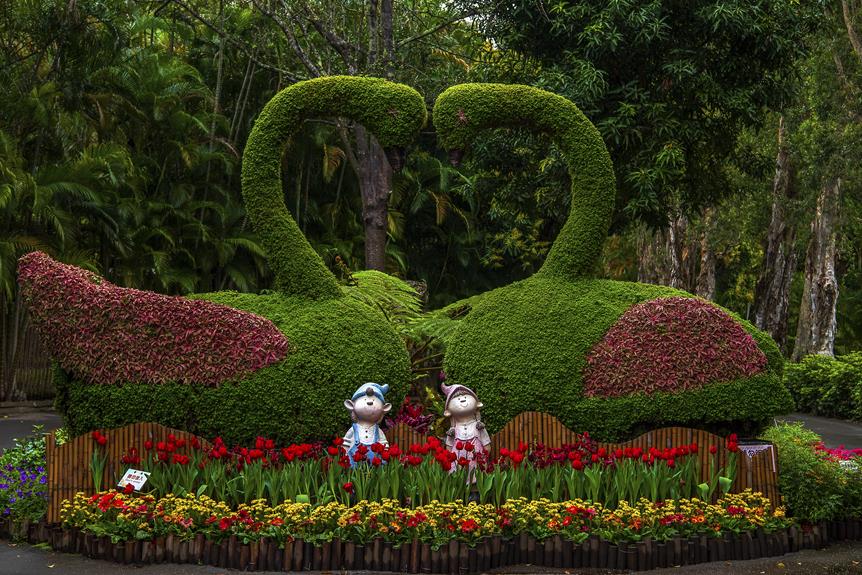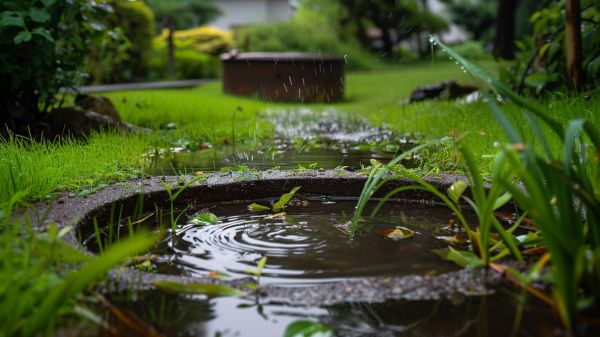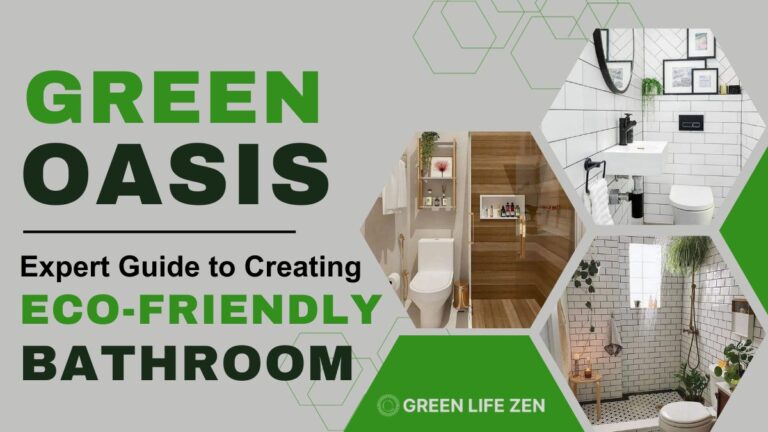Green Thumb Guide: Eco-Friendly Home Landscaping Ideas
Are you ready to transform your dull yard into a delightful, eco-friendly oasis? Look no further! Our Green Thumb Guide is here to help you with eco-friendly home landscaping ideas that will make you the envy of the neighborhood.
With water conservation techniques, native plant selection, and organic pest control methods, you can design a garden that not only looks beautiful but also promotes a healthier planet.
Get ready to unleash your inner green thumb and join the eco-conscious movement!
Water Conservation Techniques
To conserve water in your home landscaping, consider implementing efficient irrigation systems. By using these systems, you can ensure that your plants receive the right amount of water without wasting any.
Another way to conserve water is by choosing drought-resistant plants for your garden. These plants are adapted to survive with minimal water, reducing the need for constant irrigation. Not only will this save water, but it will also save you time and effort in maintaining your garden.
Additionally, consider implementing rainwater harvesting techniques. Collecting rainwater in barrels or cisterns allows you to use it for watering your plants during dry periods, further reducing your reliance on the municipal water supply.
With these water conservation techniques, you can create a beautiful and eco-friendly landscape while minimizing your environmental impact.
Native Plant Selection
Choose native plants for your garden to enhance water conservation efforts and create a sustainable and vibrant landscape.
By selecting plants that are native to your region, you not only contribute to the preservation of plant biodiversity but also promote soil health. Native plants have adapted to the local climate and soil conditions, making them more resilient and requiring less water and maintenance. These plants have developed deep root systems that help prevent soil erosion and improve water infiltration, reducing the need for artificial watering.
Additionally, native plants provide food and habitat for local wildlife, creating a balanced ecosystem. When choosing native plants for your garden, consider factors such as sunlight, soil type, and water availability to ensure their successful growth and contribution to a thriving and eco-friendly landscape.
Organic Pest Control Methods
When it comes to maintaining a sustainable and vibrant landscape, it’s essential to employ effective organic pest control methods.
By using natural repellents and biological control, you can keep pests at bay without harming the environment or compromising the health of your plants.
Natural repellents, such as garlic spray or neem oil, can be used to deter common pests like aphids and caterpillars. These repellents work by emitting strong odors that pests find unpleasant.
Another effective method is biological control, which involves introducing natural predators to control pest populations. For example, ladybugs can be released to control aphid infestations.
Sustainable Garden Design
Continue creating a sustainable and vibrant landscape by incorporating sustainable garden design practices that promote environmental health and conservation.
One approach to sustainable garden design is to integrate permaculture principles. Permaculture emphasizes designing landscapes that mimic natural ecosystems, promoting biodiversity and resilience.
By planting a variety of native plants, you can attract beneficial insects and pollinators, creating a balanced and self-sustaining garden ecosystem.
Another important aspect of sustainable garden design is implementing rainwater harvesting methods. Rain barrels or cisterns can collect rainwater from your roof, which can be used to irrigate your garden, reducing the need for municipal water.
Additionally, creating swales or rain gardens can help manage stormwater runoff and prevent erosion.
Renewable Energy Integration
To maximize the environmental benefits of your home landscaping, consider integrating renewable energy sources into your outdoor space.
By incorporating solar panel installation and wind turbine implementation, you can harness the power of the sun and wind to generate clean, sustainable energy for your home.
Solar panels can be installed on rooftops, pergolas, or even incorporated into your garden design, providing an efficient and aesthetic solution.
Wind turbines, on the other hand, can be installed in open areas with consistent wind flow.
Both options not only reduce your carbon footprint but also offer long-term cost savings through reduced reliance on traditional energy sources.
When considering renewable energy integration, consult with professionals to determine the optimal placement and capacity for solar panels and wind turbines based on your specific needs and site conditions.
Conclusion
Incorporating eco-friendly landscaping practices into your home not only benefits the environment but also adds beauty and value to your property.
By implementing water conservation techniques, selecting native plants, using organic pest control methods, and designing a sustainable garden, you can create a harmonious and eco-conscious outdoor space.
So go ahead, let your green thumb guide you towards a more sustainable and stunning landscape that will leave both you and the planet feeling refreshed and revitalized.






